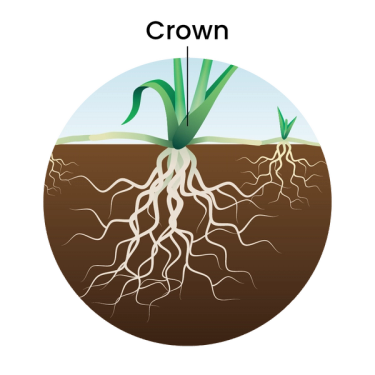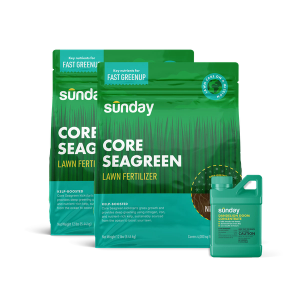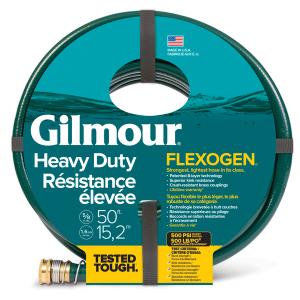Why is my lawn turning yellow?
When certain environmental conditions change like temperature, precipitation, or the amount of sunlight, plants respond to these changes in order to survive. Any of these factors could be the cause of a lawn going yellow - or “going gold” as we like to say - during the summer season. This is just grass’s way of responding to and preparing for high heat, infrequent precipitation, and a lot of sun. This response can be called summer dormancy or drought-induced dormancy which may cause your grass to look crispy, dry or even dead. But have no fear! A dormant lawn is not a dead lawn but rather the grass plants adjusting to unfavorable conditions.
What causes grass to go yellow?
When your lawn goes from green, to greenish-gray, to greenish-yellow, and finally to gold all over, your grass is responding by shifting its focus. The grass is actually metabolizing slower and redirecting its energy from the individual leaf blades to its base, or the crown. The crown is where new leaves germinate, roots enter the soil, and other important energy reserves are stored. Therefore, it’s most important to protect the crown and it is okay for the grass blades to go golden brown.

Sunday Tip:
The crown is the true MVP of a grass plant. Leaves and roots typically live for less than a year and other parts (rhizomes and stolons) regenerate annually, but the crown is the only part of the plant that can stick around.
When do lawns go yellow
Drought induced dormancy occurs when grass plants are not getting enough water. During the summer months we tend to have a lot of sun accompanied with high heat which means water escapes the plant very quickly via evapotranspiration. So this can happen in both cool-season and warm-season grasses when:
- Below average periods of precipitation
- Temperatures are consistently beyond optimal growth potential levels
How to keep your grass alive
There are a few key ways you can keep the crown alive and therefore keep your grass surviving – and a few no-nos as well:
Steps to help your grass
- Give your lawn just enough water to keep the crown hydrated. This won’t revive that green color in the short term, but it will help it bounce back when conditions improve.
- Audit your irrigation system. To make sure you are using just enough and not too much water you may want to audit your irrigation system.
- Mow less and mow high. Doing these will keep the grass green longer and allow the plant to focus on the crown vs leaf blades.
What to avoid
- Don’t encourage heavy foot traffic.
- Don’t bring the lawn out of dormancy with watering.
- Don’t apply fertilizer. Overfertilizing could burn the grass and any new leaves/tillers will struggle in these conditions.
- Don’t allow newly sodded or seeded lawns to go dormant. It's crown won't be strong enough to survive. This includes not trying to repair a lawn by putting down new grass seed as well.
Recovering from yellow
Once the end of the summer approaches, temperatures will begin to cool and regular rains may resume. This will give your lawn some much needed relief from summer stress. To support your lawn as it starts to green up and recover, this would be a good time to limit foot traffic, remove any excess debris, give supplemental water if rain is not consistent, and think ahead towards fall when it will be the best time to tackle weeds and overseed patches.
It may feel a little unnatural to not regularly water a dry, crisp, gold looking lawn. But remember, your grass is just naturally responding to the conditions and the best thing you can do is support its slow down. Keep the crowns hydrated, let it go golden brown, and in just a few weeks, you’ll see new leaves that were protected over the summer come to life!
Cited Sources
Summer Lawn Care. Michigan State University Extension.
Understanding the Turfgrass Crown. Michigan State University Extension.
Water Wise Lawns. Cornell University Extension.



















